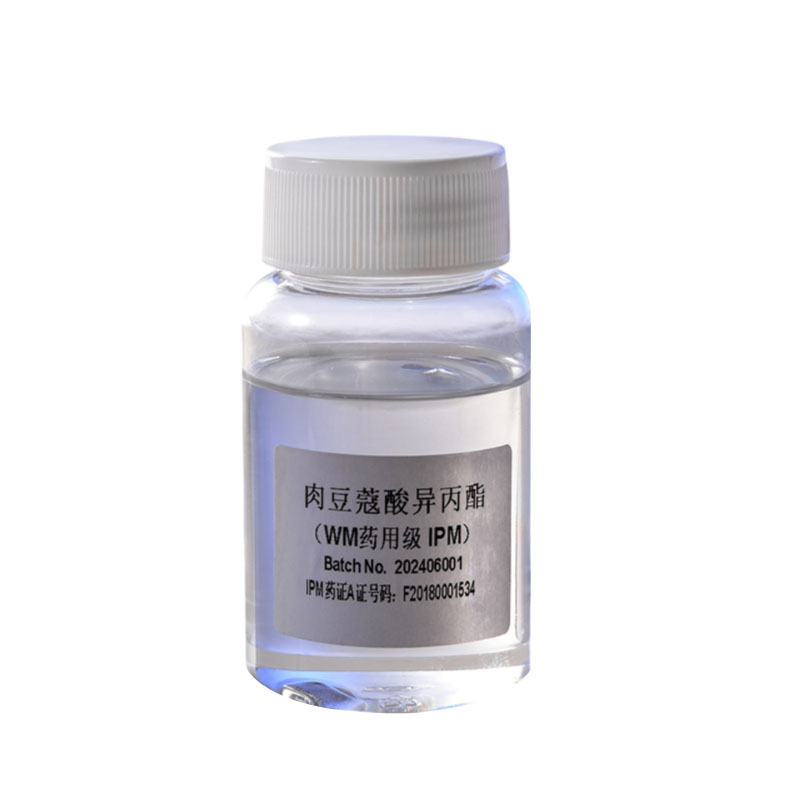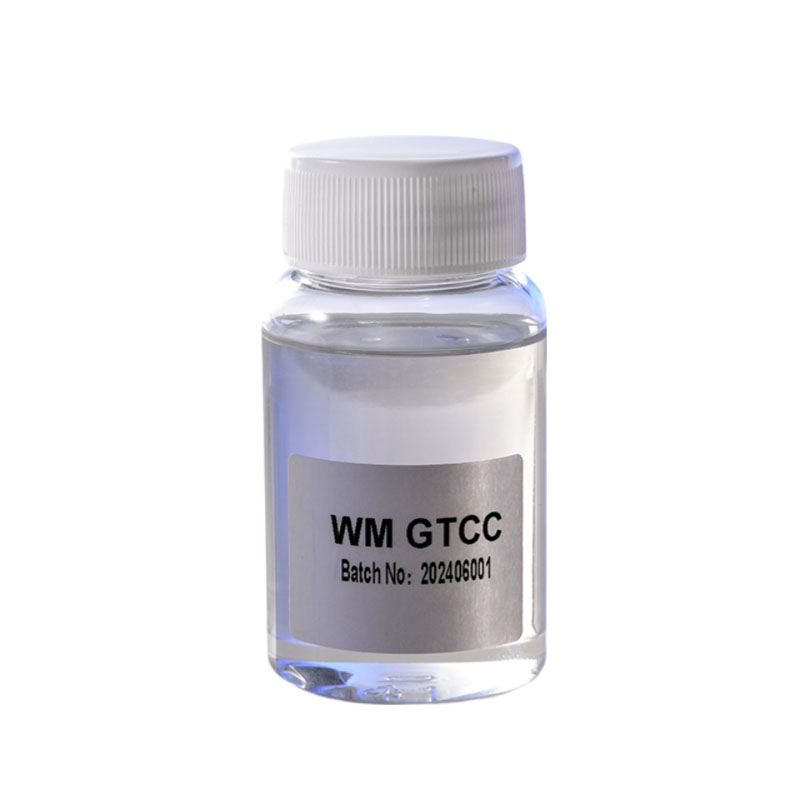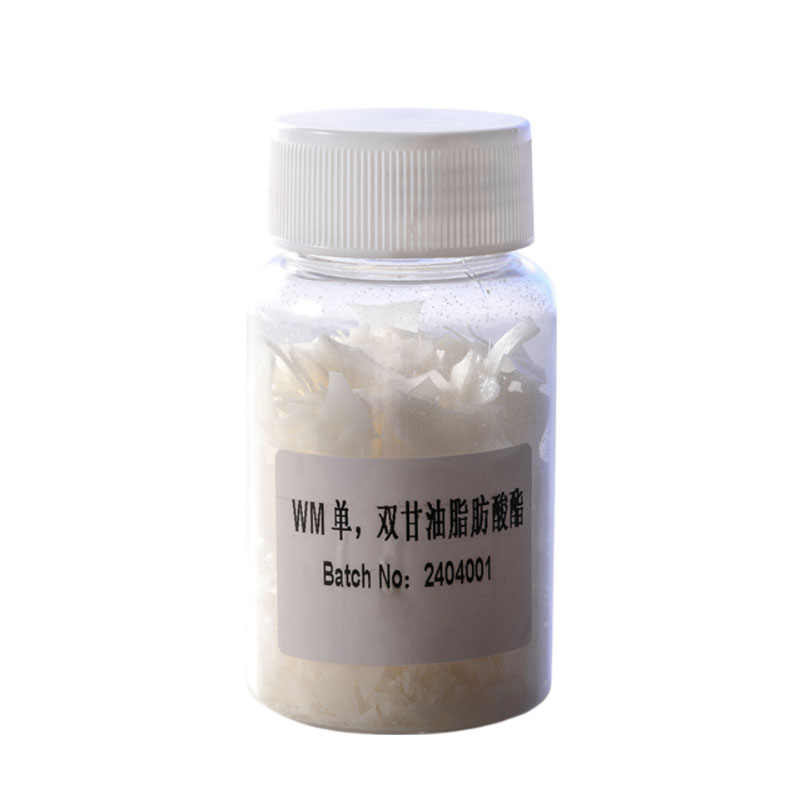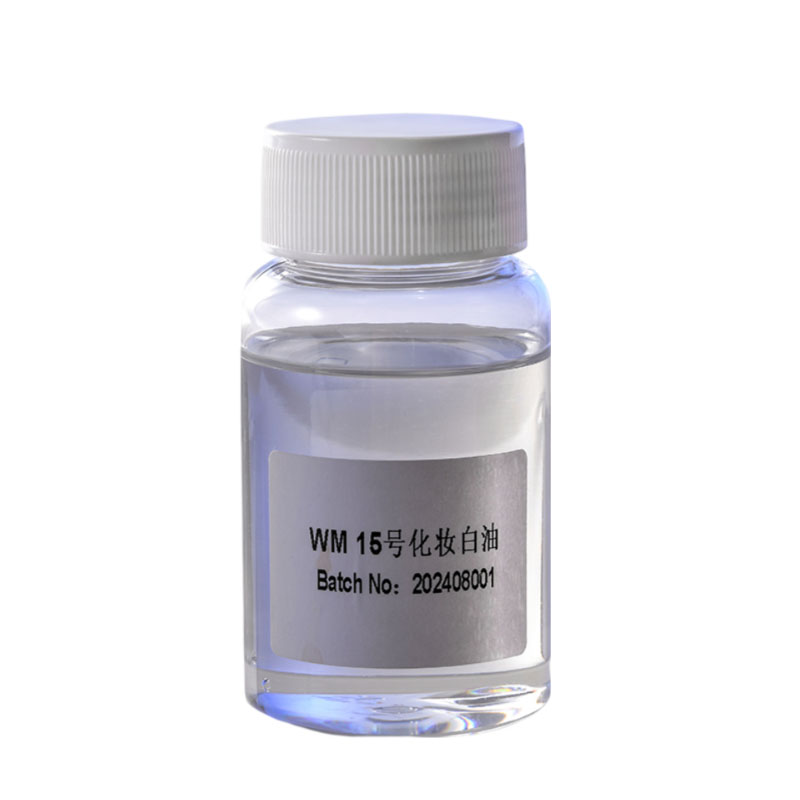How does the purity of food-grade monoglyceride affect the emulsion stability of baked goods?
Release Time : 2025-08-18
In the production of baked goods, the purity of food-grade monoglyceride has a direct and significant impact on emulsion stability. As a commonly used emulsifier, monoglyceride's core function is to reduce the interfacial tension between the oil and water phases, promoting uniform mixing of the two phases and forming a stable emulsion. The purity directly determines the content of effective emulsifying ingredients in the monoglyceride and the presence of impurities that could affect the emulsification effect. These factors collectively influence the batter texture, bubble stability, and textural properties of the final product.
High-purity monoglyceride emulsifies more efficiently, providing a stable emulsification base for baked goods. High-purity monoglyceride contains a sufficient concentration of active ingredients and a more uniform molecular structure, allowing it to rapidly adsorb to the oil-water interface, forming a complete and dense interfacial film. This interfacial film effectively prevents the aggregation and merging of oil or water droplets, maintaining a uniform dispersion of fat, water, and other ingredients in the batter. This stable emulsion structure is resistant to disruption during mixing and baking, minimizing problems like batter separation and sedimentation, and providing optimal conditions for subsequent expansion and shaping.
Monoglyceride with lower purity may suffer from impurities, which can reduce emulsion stability. Low-purity products often contain impurities such as diglycerides and free fatty acids. These impurities compete with monoglyceride for adsorption sites at the oil-water interface, weakening the strength and integrity of the interfacial film. The presence of impurities can also alter the surface activity of the system, disrupting the arrangement of monoglyceride molecules at the interface and preventing it from forming an effective protective barrier. During baking, this unstable emulsion system is susceptible to factors such as rising temperatures and water evaporation, leading to oil precipitation and batter thinning, compromising the structural stability of the product.
The purity of monoglyceride can affect the cell stability of baked goods batters. In baked goods, the cell structure in the batter is crucial to the fluffiness of the product, and a stable emulsification system is key to maintaining this cell structure. High-purity monoglyceride forms a tough protective film on the surface of air bubbles, preventing them from coalescing or bursting and strengthening their bond with the surrounding batter. However, when the purity is insufficient, impurities can interfere with the formation of this protective film, weakening the bubble walls and making them more susceptible to rupture during mixing or baking. This results in a product with insufficient volume and a loose structure, impacting the final taste and appearance.
Monoglyceride of varying purity has different effects on the crystallization behavior of baking fats and oils, which in turn affects emulsion stability. In baked goods containing fats and oils, the crystallization state of the fats and oils influences the stability of the overall emulsion system. High-purity monoglyceride interacts better with fat molecules, regulating the shape and size of fat crystals and forming a fine, uniform crystal structure. This structure helps enhance the stability of the emulsion system. Low-purity monoglyceride, due to the presence of impurities, may interfere with the normal crystallization process of the fats and oils, resulting in coarse or unevenly distributed crystals, disrupting the equilibrium of the emulsion system and increasing the risk of fat separation.
Differences in purity also affect the synergistic effect of monoglyceride with other ingredients, altering emulsion stability. Baked food systems typically contain multiple ingredients, such as flour, protein, and sugar. Monoglyceride interacts with these ingredients, for example, binding to gluten in flour and improving the gluten network structure. High-purity monoglyceride can more specifically bind to these ingredients, forming stable complexes and enhancing the overall emulsification and water-binding capacity of the system. However, impurities in low-purity products may competitively bind to these ingredients, weakening the synergistic effect of monoglyceride and resulting in a decrease in the emulsification stability of the system, affecting the texture and shelf life of the product.
The high temperatures encountered during baking place a significant strain on the emulsification stability of monoglycerides of varying purity. During the baking heating process, monoglyceride must maintain stable emulsification properties to maintain the homogeneity of the system. High-purity monoglyceride exhibits excellent thermal stability, maintaining its interfacial activity at high temperatures and continuously stabilizing the oil-water interface. Low-purity monoglyceride, however, may experience thermal decomposition or property changes in impurities, leading to a decrease in emulsification activity and an inability to maintain an effective interfacial film at high temperatures. This can lead to problems such as oil seepage and product separation, impacting the quality and stability of baked goods. Therefore, choosing monoglyceride of appropriate purity is an important step in ensuring the emulsification stability of baked goods.









